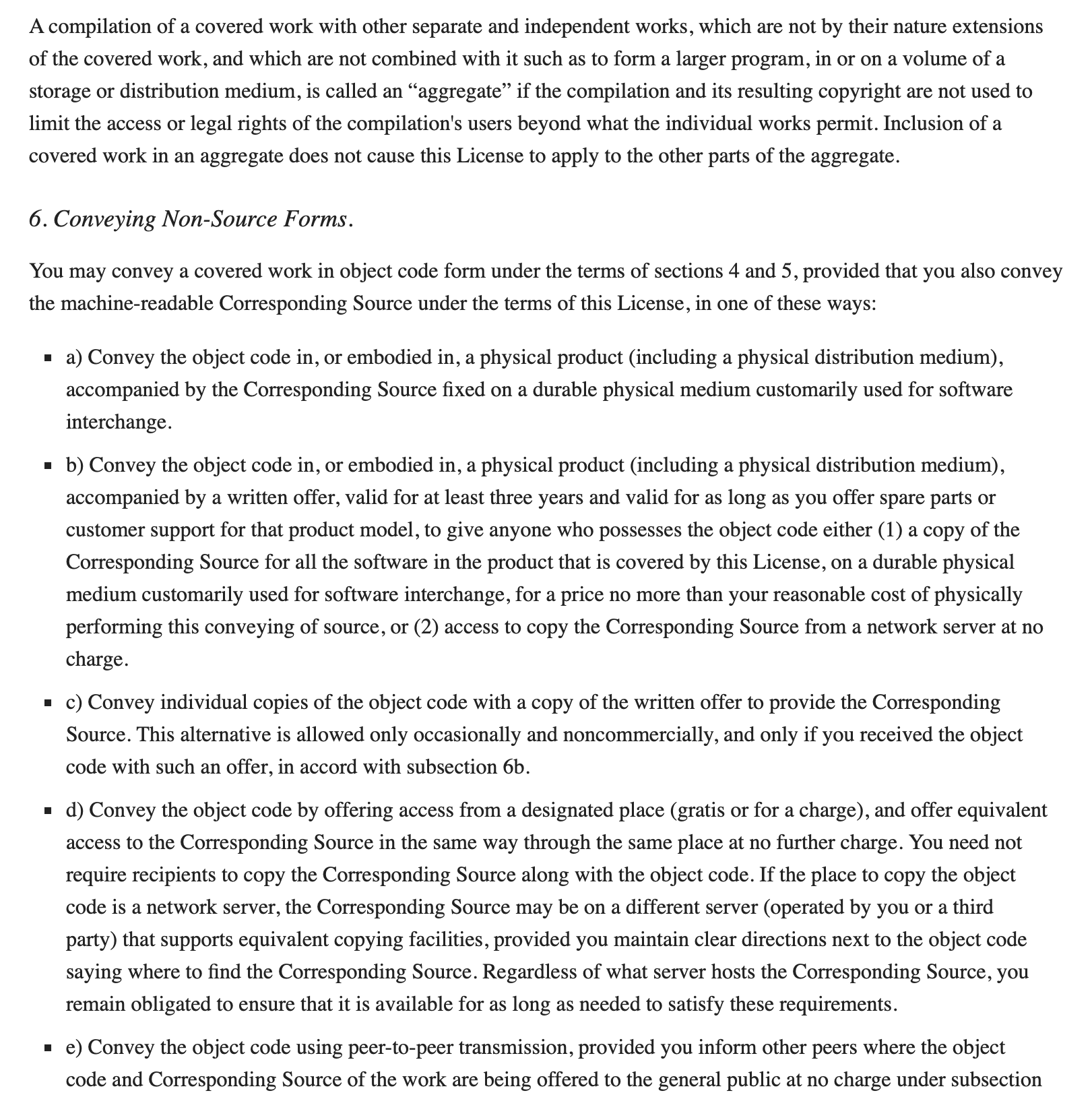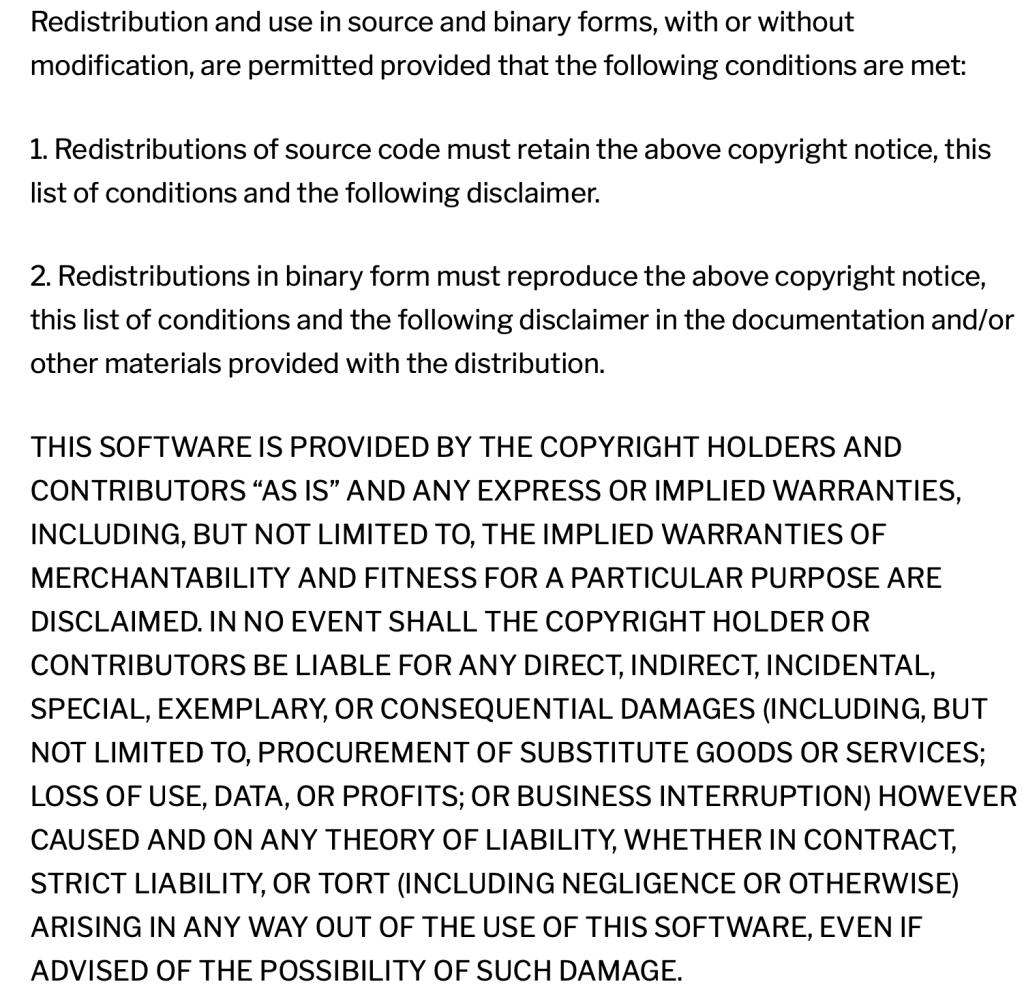C
Chris Lentricchia
Guest
Open source is commonly accepted to be a term that describes a computer program with a licensing arrangement that does not restrict modification or usage. Open source technology is commonly positioned against closed source, or proprietary, technology, which is technology that is distributed under a licensing arrangement that restricts usage and/or modification in its totality. For example, if you have Windows or MacOS, you’re using closed source technology for your operating system. Under a closed-source licensing arrangement, you have to pay for a license to use your technology. In addition, you cannot edit the structure, or code, of your operating system, or install your operating system on another computer outside of the terms dictated by your license. With open source technology, you can do both. You are free to edit the source code of your piece of technology, and you are free to redistribute the software as you see fit. Within the world of open source technology, there are multiple varieties of open source licensing agreements that dictate how a program may be used or modified. While software licensing is the subject of never-ending debate, in this blog, we’ll explain the more common examples of software licensing while pointing out their differences
The GNU General Public License, also abbreviated to, “GPL” or “GNU GPL” is a grouping of the most common open source licensing arrangements, that notably covers Linux. The first GNU GPL license was written by Richard Stallman in 1989 for use with the GNU project. Stallman later popularized the term “Copyleft” to describe the protection of free software, its perpetuation, modification, and distribution, particularly as it pertains to the GNU GPL. For a complete definition of the concept of “copyleft” coined by Richard Stallman, refer to the GNU Porject’s definition of the term, here and check out Stallman’s GNU Manifesto for a description of Copyleft, here. In essence, the concept of copyleft defined software licenses that are protective or reciprocal in nature. Since the concept of “Copyleft” is intrinsically connected to, based-on, and defined by, the creation of GNU GPL, we’ll continue by explaining GNU GPL as synonymous with “Copyleft” for the sake of this blog.
In summation, GNU GPL, and concept of “Copyleft” as a result, allows for anyone to use or edit software, with one very strongly enforced exception: everyone who contributes to a GNU GPL, licensed project, or creates a derivative work of a GNU GPL licensed project, must upstream their contribution – without exception. Because of this strong exception, many individual developers prefer GPL licenses for their sense of fairness and guarantees of openness and transparency. Detractors of GNU GPL and Copyleft point out GNU GPL licensing is fairly complicated and ambiguous (seriously, read the text of the GNU GPL license here), being 2,242 words long, and infractions to the license often result in legal action, as was the case with the BusyBox Litigations from 2007-2013 and The Free Software Foundation vs Cisco Systems, Inc. in 2009.

The text of the GNU GPL is fairly complicated. Above is a screenshot of the 17-section-long GNU GPL v3.0 from the GNU project’s website.
Permissive licenses are a grouping of open source licenses that do not restrict modification or usage in totality. Under a permissive license, there is no exception that any works must be also contributed to the upstream. To this end, and in essence, a permissive license can be thought of in layman’s terms as, “Do whatever you want, just don’t sue us.” Proponents of permissive licensing argue that there is no need to legally force users and contributors to contribute back to the upstream, as the advantages of doing so outweigh any potential disadvantages of contributing to the upstream. In addition, permissive licenses are generally more straightforward than GNU GPL licenses. For example, the Simplified BSD License, a type of permissive license, only contains 101 words compared to the 2,242 word-long GNU GPL.
FreeBSD is the most popular of the BSD distributions and is written and published under a license called the Simplified BSD License (also referred to as The FreeBSD License). The Simplified BSD License is the simplest form of permissive license in popular use and it contains only two clauses: 1) That redistributions of source code must reproduce the text of the Simplified BSD License, its list of clauses, and its disclaimer. 2) That redistributions in binary form must reproduce the text of the FreeBSD License, along with their two clauses, and its disclaimer in documentation and/or other materials provided with the distribution. In layman’s terms those two clauses simply mean that a contributor or distributor must copy and paste the Simplified BSD License onto any redistribution. By the same token, violations to the Simplified BSD License are easily fixed, just copy and paste the Simplified BSD License onto any redistribution and you’re all set – no headaches and no mess.

The Simplified BSD License in its entirety. The license is uncomplicated and straightforward.
Admittedly, at The FreeBSD Foundation, we’re biased, but the Simplified BSD License is much simpler than the GNU GPL and the concept of “Copyleft”. The Simplified BSD License makes FreeBSD friendlier to businesses who may wish to utilize FreeBSD within their technology stack, and it also makes FreeBSD friendlier to individual developers or entrepreneurs who don’t have to risk the complexities of a lengthy licensing agreement.
It is often said that in the world of software, there are two kinds of free: free as in free puppies, and free as in free beer. The former isn’t truly free because puppies require rules and responsibility, the latter is truly free because when someone gives you a beer, there are no strings attached. The Simplified BSD License puts FreeBSD in the latter category – no strings attached. With the Simplified BSD License everyone wins, and it’s just one of the many reasons to consider FreeBSD for your next operating system use case. To learn more about why people choose FreeBSD, check out Drew Gallatin’s talk on how Netflix tracked FreeBSD head releases in order to serve large amounts of data to customers with speeds of 400 gigabytes per second. Netflix originally adopted FreeBSD for its permissive license, and then realized FreeBSD is so much more than just a license.
The post “What’s a Permissive License – and Why Should I Care?” first appeared on FreeBSD Foundation.
Continue reading...
GNU General Public Licenses and “Copyleft” Licensing
The GNU General Public License, also abbreviated to, “GPL” or “GNU GPL” is a grouping of the most common open source licensing arrangements, that notably covers Linux. The first GNU GPL license was written by Richard Stallman in 1989 for use with the GNU project. Stallman later popularized the term “Copyleft” to describe the protection of free software, its perpetuation, modification, and distribution, particularly as it pertains to the GNU GPL. For a complete definition of the concept of “copyleft” coined by Richard Stallman, refer to the GNU Porject’s definition of the term, here and check out Stallman’s GNU Manifesto for a description of Copyleft, here. In essence, the concept of copyleft defined software licenses that are protective or reciprocal in nature. Since the concept of “Copyleft” is intrinsically connected to, based-on, and defined by, the creation of GNU GPL, we’ll continue by explaining GNU GPL as synonymous with “Copyleft” for the sake of this blog.
In summation, GNU GPL, and concept of “Copyleft” as a result, allows for anyone to use or edit software, with one very strongly enforced exception: everyone who contributes to a GNU GPL, licensed project, or creates a derivative work of a GNU GPL licensed project, must upstream their contribution – without exception. Because of this strong exception, many individual developers prefer GPL licenses for their sense of fairness and guarantees of openness and transparency. Detractors of GNU GPL and Copyleft point out GNU GPL licensing is fairly complicated and ambiguous (seriously, read the text of the GNU GPL license here), being 2,242 words long, and infractions to the license often result in legal action, as was the case with the BusyBox Litigations from 2007-2013 and The Free Software Foundation vs Cisco Systems, Inc. in 2009.

The text of the GNU GPL is fairly complicated. Above is a screenshot of the 17-section-long GNU GPL v3.0 from the GNU project’s website.
Permissive Licenses
Permissive licenses are a grouping of open source licenses that do not restrict modification or usage in totality. Under a permissive license, there is no exception that any works must be also contributed to the upstream. To this end, and in essence, a permissive license can be thought of in layman’s terms as, “Do whatever you want, just don’t sue us.” Proponents of permissive licensing argue that there is no need to legally force users and contributors to contribute back to the upstream, as the advantages of doing so outweigh any potential disadvantages of contributing to the upstream. In addition, permissive licenses are generally more straightforward than GNU GPL licenses. For example, the Simplified BSD License, a type of permissive license, only contains 101 words compared to the 2,242 word-long GNU GPL.
FreeBSD, The Simplified BSD License, And Why You Should Consider it
FreeBSD is the most popular of the BSD distributions and is written and published under a license called the Simplified BSD License (also referred to as The FreeBSD License). The Simplified BSD License is the simplest form of permissive license in popular use and it contains only two clauses: 1) That redistributions of source code must reproduce the text of the Simplified BSD License, its list of clauses, and its disclaimer. 2) That redistributions in binary form must reproduce the text of the FreeBSD License, along with their two clauses, and its disclaimer in documentation and/or other materials provided with the distribution. In layman’s terms those two clauses simply mean that a contributor or distributor must copy and paste the Simplified BSD License onto any redistribution. By the same token, violations to the Simplified BSD License are easily fixed, just copy and paste the Simplified BSD License onto any redistribution and you’re all set – no headaches and no mess.

The Simplified BSD License in its entirety. The license is uncomplicated and straightforward.
Admittedly, at The FreeBSD Foundation, we’re biased, but the Simplified BSD License is much simpler than the GNU GPL and the concept of “Copyleft”. The Simplified BSD License makes FreeBSD friendlier to businesses who may wish to utilize FreeBSD within their technology stack, and it also makes FreeBSD friendlier to individual developers or entrepreneurs who don’t have to risk the complexities of a lengthy licensing agreement.
Conclusion
It is often said that in the world of software, there are two kinds of free: free as in free puppies, and free as in free beer. The former isn’t truly free because puppies require rules and responsibility, the latter is truly free because when someone gives you a beer, there are no strings attached. The Simplified BSD License puts FreeBSD in the latter category – no strings attached. With the Simplified BSD License everyone wins, and it’s just one of the many reasons to consider FreeBSD for your next operating system use case. To learn more about why people choose FreeBSD, check out Drew Gallatin’s talk on how Netflix tracked FreeBSD head releases in order to serve large amounts of data to customers with speeds of 400 gigabytes per second. Netflix originally adopted FreeBSD for its permissive license, and then realized FreeBSD is so much more than just a license.
The post “What’s a Permissive License – and Why Should I Care?” first appeared on FreeBSD Foundation.
Continue reading...

